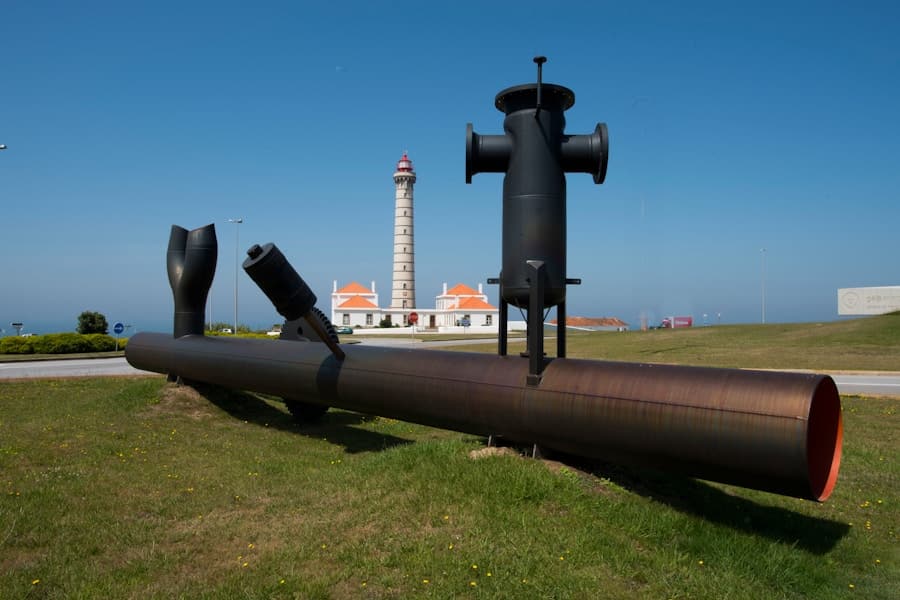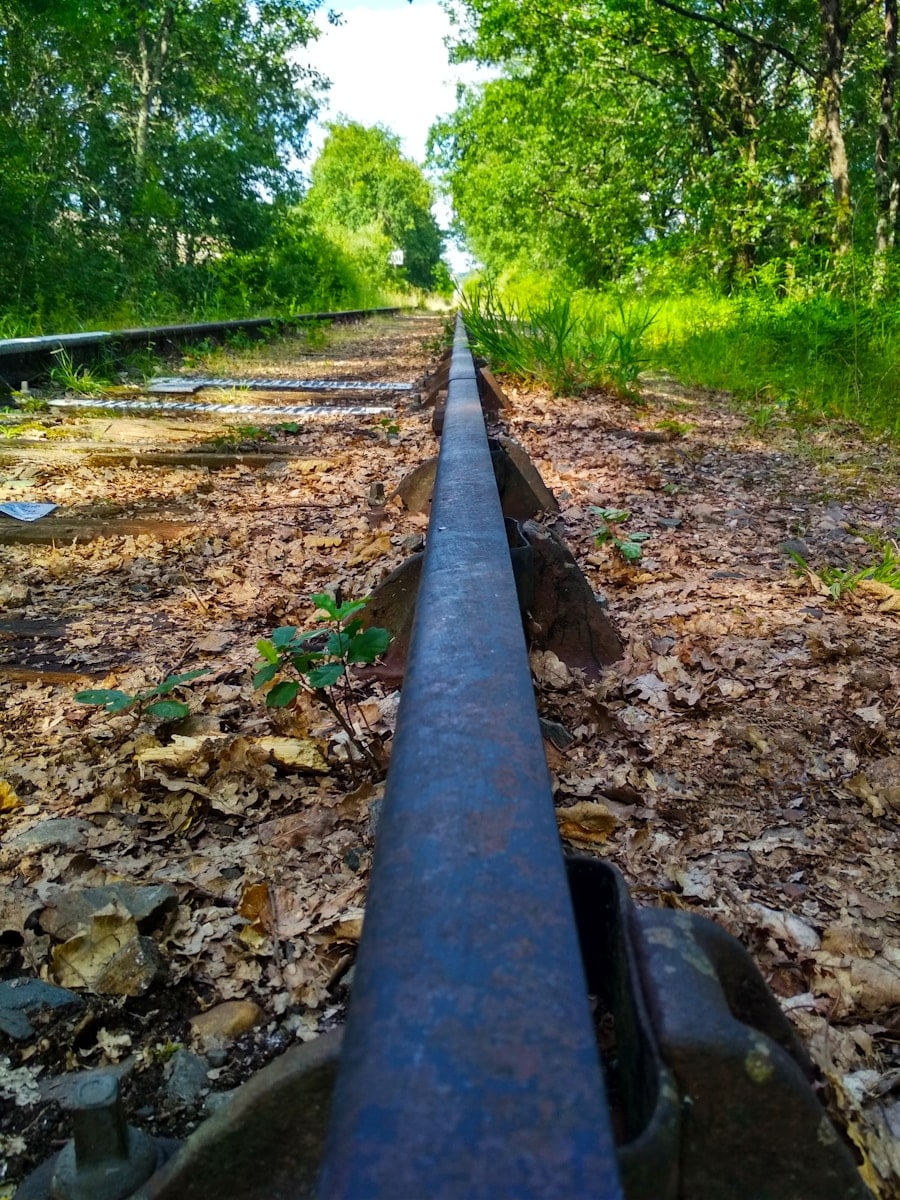The oil and gas industry is a cornerstone of the global economy, providing energy resources that power industries, homes, and transportation systems. However, the infrastructure that supports this industry, particularly pipelines, is susceptible to various risks, including leaks, corrosion, and physical damage. Traditional methods of monitoring these pipelines often involve manual inspections, which can be labor-intensive, time-consuming, and prone to human error.
In recent years, the integration of robotics into pipeline monitoring has emerged as a transformative solution, enhancing the efficiency and effectiveness of inspections while minimizing risks to human operators. Robotic technologies offer a range of capabilities that can significantly improve the monitoring of oil and gas pipelines. From autonomous drones that can survey vast stretches of land to underwater robots designed for subsea pipelines, these innovations are reshaping how companies approach pipeline integrity management.
The adoption of robotics not only enhances safety by reducing the need for personnel to work in hazardous environments but also provides real-time data that can lead to more informed decision-making. As the industry continues to evolve, understanding the role of robotics in pipeline monitoring becomes increasingly critical for ensuring the reliability and safety of energy transportation systems.
Key Takeaways
- Robotics play a crucial role in monitoring oil and gas pipelines, ensuring safety and efficiency in the industry.
- Various types of robotics, including autonomous underwater vehicles and unmanned aerial vehicles, are used for pipeline monitoring.
- The use of robotics in pipeline monitoring offers advantages such as improved accuracy, reduced human risk, and cost savings.
- Challenges and limitations of robotics in pipeline monitoring include limited access in certain terrains and potential technical failures.
- Integration of robotics with other monitoring technologies, such as sensors and data analytics, enhances the effectiveness of pipeline monitoring.
Types of Robotics Used in Pipeline Monitoring
The landscape of robotics in pipeline monitoring is diverse, encompassing various types of machines designed for specific tasks. One prominent category is aerial drones, which are equipped with high-resolution cameras and sensors to conduct visual inspections from above. These drones can cover large areas quickly and efficiently, capturing images and data that can be analyzed for signs of wear or damage.
For instance, companies like SkySpecs have developed drone technology specifically for inspecting wind turbine blades, but similar principles apply to pipeline monitoring where aerial views can reveal issues such as vegetation encroachment or surface anomalies. Another significant type of robotic technology used in pipeline monitoring is the autonomous underwater vehicle (AUV). These robots are particularly valuable for inspecting subsea pipelines, which are often difficult to access using traditional methods.
AUVs can be equipped with sonar systems and cameras to detect leaks or structural integrity issues beneath the water’s surface. For example, the use of AUVs in the North Sea has allowed operators to conduct thorough inspections of underwater pipelines without the need for divers or remotely operated vehicles (ROVs), thus reducing costs and increasing safety. In addition to drones and AUVs, there are also ground-based robotic systems designed for pipeline inspection.
These robots can navigate along the pipeline route, equipped with sensors that monitor for leaks or corrosion. Some advanced models utilize artificial intelligence to analyze data in real-time, allowing for immediate identification of potential issues. The combination of these various robotic types creates a comprehensive monitoring system that can address the unique challenges posed by different pipeline environments.
Advantages of Using Robotics for Pipeline Monitoring
The advantages of employing robotics in pipeline monitoring are manifold and contribute significantly to operational efficiency and safety. One of the most notable benefits is the ability to conduct inspections with greater frequency and consistency. Traditional methods often rely on scheduled inspections that may miss critical changes occurring between visits.
In contrast, robotic systems can be deployed regularly or even continuously, providing a constant stream of data that enhances situational awareness and allows for proactive maintenance strategies. Moreover, robotics can significantly reduce operational costs associated with pipeline monitoring. By minimizing the need for human inspectors to enter potentially hazardous environments, companies can lower their liability and insurance costs while also reducing downtime associated with manual inspections.
Additionally, the data collected by robotic systems can be analyzed using advanced algorithms to predict maintenance needs, further optimizing resource allocation. Another critical advantage is the enhanced safety provided by robotic technologies.
Pipeline monitoring often involves working in remote or dangerous locations where risks such as exposure to toxic substances or difficult terrain are prevalent. By utilizing robots, companies can keep human workers out of harm’s way while still ensuring that pipelines are monitored effectively. This shift not only protects workers but also aligns with increasing regulatory pressures to prioritize safety in industrial operations.
Challenges and Limitations of Robotics in Pipeline Monitoring
Despite the numerous advantages offered by robotics in pipeline monitoring, several challenges and limitations must be addressed for widespread adoption. One significant hurdle is the initial investment required for robotic systems. While long-term savings may offset these costs, many companies may hesitate to invest in advanced technologies without clear short-term returns.
The financial barrier can be particularly daunting for smaller operators who may lack the capital necessary to implement such systems. Another challenge lies in the integration of robotic technologies with existing infrastructure and workflows. Many oil and gas companies have established processes for pipeline monitoring that may not easily accommodate new technologies.
Transitioning to a robotic system often requires retraining personnel and rethinking operational protocols, which can be met with resistance from employees accustomed to traditional methods. Additionally, ensuring compatibility between different robotic systems and existing monitoring technologies can complicate implementation efforts. Data management also presents a significant challenge in the context of robotic monitoring.
The volume of data generated by drones, AUVs, and ground-based robots can be overwhelming, necessitating robust data processing and analysis capabilities. Companies must invest in software solutions that can handle large datasets while providing actionable insights in real-time. Furthermore, ensuring data security is paramount; as cyber threats become increasingly sophisticated, protecting sensitive information collected during inspections is essential.
Integration of Robotics with Other Monitoring Technologies
The future of pipeline monitoring lies not only in the advancement of robotic technologies but also in their integration with other monitoring systems. Combining robotics with Internet of Things (IoT) devices creates a powerful synergy that enhances data collection and analysis capabilities. For example, IoT sensors installed along pipelines can continuously monitor pressure, temperature, and flow rates.
When integrated with robotic inspection systems, this data can provide a comprehensive view of pipeline health. Moreover, machine learning algorithms can analyze data from both robotic inspections and IoT sensors to identify patterns indicative of potential failures. This predictive maintenance approach allows operators to address issues before they escalate into significant problems, thereby reducing downtime and maintenance costs.
Companies like Chevron are already exploring such integrations by utilizing drones equipped with thermal imaging cameras alongside IoT sensors to monitor pipeline integrity more effectively. Collaboration between robotics manufacturers and software developers is crucial for creating seamless integration solutions. As technology continues to evolve rapidly, ensuring that different systems can communicate effectively will be essential for maximizing the benefits of robotic monitoring.
This collaborative approach will enable operators to leverage the full potential of their investments in both hardware and software technologies.
Case Studies of Successful Implementation of Robotics in Pipeline Monitoring
Enbridge’s Use of Drones for Aerial Inspections
Enbridge, a leading energy company in North America, has deployed drones equipped with high-resolution cameras to conduct aerial inspections of its pipelines in remote areas where traditional access was challenging. The drones provided detailed imagery that allowed engineers to identify potential issues quickly and efficiently, significantly reducing inspection times.
BP’s Use of AUVs for Subsea Pipeline Inspections
BP has successfully employed AUVs (Autonomous Underwater Vehicles) for subsea pipeline inspections in the Gulf of Mexico. By using these autonomous vehicles equipped with sonar technology, BP was able to conduct thorough inspections of underwater pipelines without relying on divers or ROVs. This approach not only reduced operational costs but also improved inspection accuracy by providing high-resolution data on pipeline conditions.
Shell’s Implementation of Ground-Based Robotic Systems
Shell has implemented ground-based robotic systems for monitoring its onshore pipelines in various locations worldwide. These robots are designed to navigate along pipeline routes while collecting data on environmental conditions and detecting leaks or corrosion. By integrating these robotic systems into their existing monitoring framework, Shell has enhanced its ability to maintain pipeline integrity while minimizing risks associated with manual inspections.
Future Trends and Developments in Robotics for Pipeline Monitoring
As technology continues to advance at a rapid pace, several trends are emerging that will shape the future of robotics in pipeline monitoring. One significant trend is the increasing use of artificial intelligence (AI) and machine learning algorithms to enhance data analysis capabilities. These technologies will enable operators to process vast amounts of data generated by robotic inspections more efficiently while identifying patterns that may indicate potential failures or maintenance needs.
Another trend is the development of more sophisticated sensor technologies that can be integrated into robotic systems. For instance, advancements in hyperspectral imaging could allow drones and AUVs to detect chemical signatures associated with leaks more accurately than traditional methods. This capability would enhance early detection efforts and improve overall pipeline safety.
Furthermore, as environmental concerns continue to grow, there will likely be an increased focus on developing eco-friendly robotic solutions for pipeline monitoring. Innovations such as solar-powered drones or biodegradable materials for ground-based robots could reduce the environmental impact associated with inspections while maintaining operational efficiency. Finally, collaboration between industry stakeholders will play a crucial role in driving innovation in this field.
Partnerships between oil and gas companies, technology developers, and regulatory bodies will facilitate knowledge sharing and accelerate the adoption of best practices in robotic monitoring.
The Impact of Robotics on the Future of Pipeline Monitoring
The integration of robotics into oil and gas pipeline monitoring represents a significant leap forward in enhancing safety, efficiency, and reliability within the industry. As companies continue to adopt these technologies, they will not only improve their operational capabilities but also contribute to a safer environment for workers and communities alike. The ongoing evolution of robotics will undoubtedly shape the future landscape of pipeline monitoring, paving the way for more innovative solutions that address emerging challenges while ensuring the integrity of critical energy infrastructure.
In a related article discussing the top trends in e-commerce business for 2023, it is highlighted how advancements in technology, such as robotics, are playing a crucial role in transforming the industry. Companies are increasingly utilizing robotics to streamline operations, improve efficiency, and enhance customer experiences.




